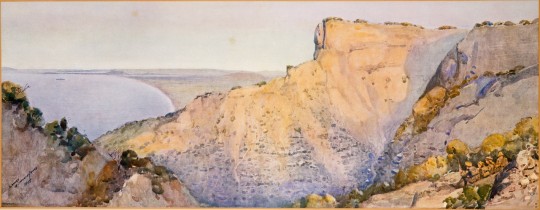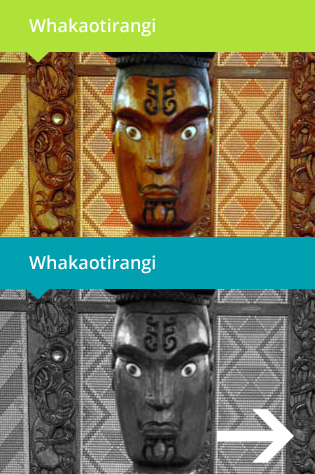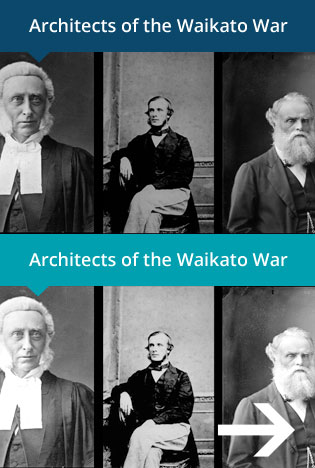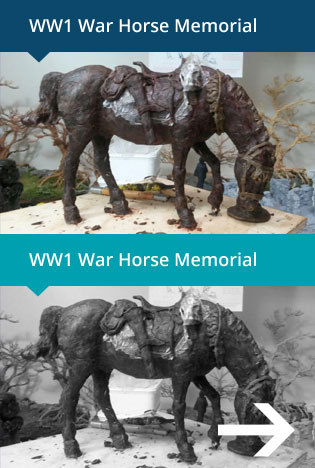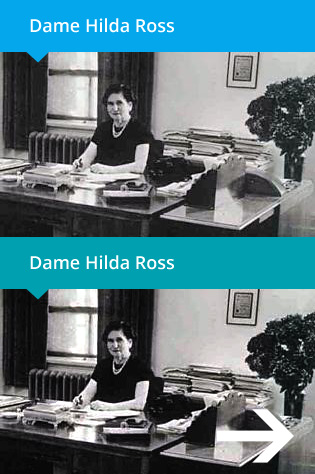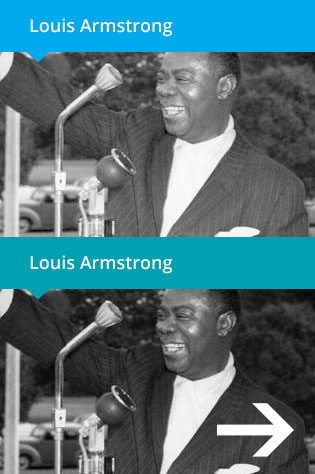Gallipoli Campaign in Context
In context, it is today generally agreed that the Gallipoli Campaign was a major failure for the Allies and Sir Winston Churchill, First Lord of the Admiralty who had promoted a fast victory to be led by the Royal Navy. Britain and France were joined by India, Canada, Australia and New Zealand, and the target was Constantinople (Istanbul) and Ottoman Empire control of the Dardanelles, the international waterway connecting the Mediterranean to the Black Sea and Russia.
The People’s history source Wikipedia refers to Turkish perception the battle was a defining moment in their history, leading to the Turkish War of Independence and the foundation of the Republic of Turkey eight years later under Mustafa Kemal Atatürk, himself a commander at Gallipoli.
New Zealand and Australian Division – Wikipedia
Birth of nationhood
“The campaign was the first major battle undertaken by the Australian and New Zealand Army Corps (ANZAC), and is often considered to mark the birth of national consciousness in both of these countries. Anzac Day, 25 April, remains the most significant commemoration of military casualties and veterans in Australia and New Zealand, surpassing Armistice Day/Remembrance Day.”
The Australian 1st Division made the initial landing and the New Zealand and Australian Division was the second division of the ANZACs that made original landing at Anzac Cove. The first to enter the chaotic battle were the Auckland and Canterbury Battalions. By the end of the first day the immediate division of responsibility had the NZAD holding the left flank of the landing and the 1st Division holding the right and centre.
Our Baptism of Fire
Hamilton Gallipoli historian Richard Stowers describes “our baptism of fire that established the term Anzac and led New Zealand to ‘come of age’ as a nation”. He says the tragic impact of Gallipoli, on the nation and locally on Hamilton and Waikato is clear from the records of the dead and injured:
“2,779 New Zealanders were killed on Gallipoli. 5,212 were wounded. That’s a total of nearly 8,000, or 57% of the New Zealanders on Gallipoli. To put it in simpler terms, that’s 12 killed and 22 wounded each day for the 240 days of the campaign.
“On the day of the first landings, later known as Anzac Day, New Zealand lost 153 killed, and many more wounded. Exactly 100 of the dead were from the Auckland Infantry Battalion, with the largest portion from the 16th Waikato’s, hailing from Hamilton and the surrounding districts. Most of them died on the slopes of Baby 700.
After just one day, Gallipoli was already a disaster. It was a human tragedy for all New Zealanders. During the Gallipoli campaign over 200 local boys were killed, with many more returning home maimed or unfit for further military service.”
The Great War (1914-1918)
The First World War, the Great War, took more than 100,000 New Zealanders overseas. Some 16,700 did not return, almost 50,000 were wounded, and more died at home from their wounds, the battlefield gas, and the influenza epidemic they brought back with them. The red Flanders poppy worn annually on Anzac Day represents the blood of a lost generation.
- The total population of New Zealand in 1914 was just over one million.
- In all, 120,000 New Zealanders enlisted, of whom 103,000 served overseas.
- A total of 2227 Maori and 458 Pacific Islanders served in the New Zealand forces.
- At least 3370 New Zealanders served in the Australian or imperial forces, winning four Victoria Crosses.
- In all, 550 nurses served with the New Zealand Expeditionary Force, and many others enlisted in the United Kingdom.
- A total of 18,500 New Zealanders died in or because of the war, and nearly 50,000 more were wounded. More than 2700 died at Gallipoli and 12,500 on the Western Front.
- The names of those who died are recorded on approximately 500 civic war memorials throughout New Zealand.
New Zealand and the First World War – New Zealand History online
